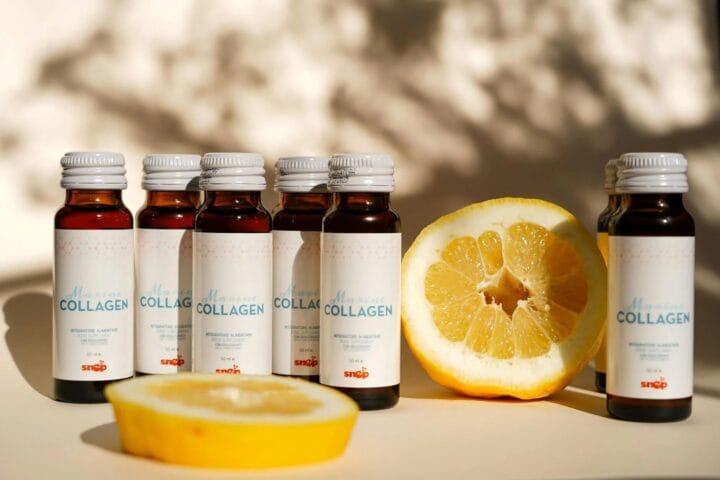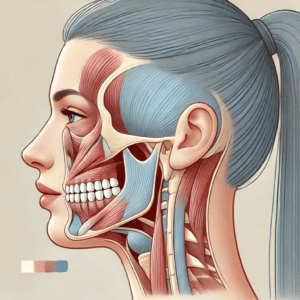Hyperpigmentation from Heat Exposure: Causes, Treatment, and Prevention
Table of Contents

What Is Hyperpigmentation from Heat Exposure? ☀️🔥
Ever noticed dark spots getting worse after a hot shower, sauna session, or summer stroll? You’re not imagining things.
People often ask:
- “Can heat cause hyperpigmentation even without sun exposure?”
- “Why do my melasma patches flare up after cooking or using hot compresses?”
- “How do I fade heat-induced skin discoloration?”
Let’s break it down, real talk style — no fluff, no filters. Just clear answers and legit tips to treat and prevent hyperpigmentation from heat exposure.
🔥 How Does Heat Cause Hyperpigmentation?
Can heat really darken your skin?
Yes, and here’s why 👇
Heat (even without UV rays) can stimulate melanocytes, the pigment-producing cells in your skin. When these cells are triggered by heat — like from hot weather, steam, or cooking over a stove — they produce more melanin, leading to post-inflammatory hyperpigmentation (PIH) or a worsening of existing melasma.
Common heat sources that trigger pigmentation:
- 🔥 Sun (UVA/UVB + infrared heat)
- 🍳 Cooking heat (oven, stovetop)
- 💦 Hot showers or steam rooms
- 🛏 Heated blankets or hot compresses
- 🏋️♀️ Intense exercise
This effect is particularly harsh on darker skin tones (Fitzpatrick types III–VI) due to naturally higher melanin activity.
🧬 What Types of Hyperpigmentation Are Heat-Sensitive?
Who’s most at risk?
The most common types of pigmentation worsened by heat include:
- Melasma – Often worsens by both heat and hormonal changes
- Post-inflammatory hyperpigmentation (PIH) – Especially after acne, burns, or irritation
- Erythema ab igne – A net-like pigmentation caused by chronic heat exposure (like from laptop or heater use)
- Solar lentigines – Age spots may deepen in tone with heat
🧠 Fun fact: Heat also increases vascular dilation, making pigmented lesions appear more intense due to increased blood flow.
💊 How Do You Treat Hyperpigmentation from Heat?
Can you fade the dark spots?
Yes — with consistency and the right products. Here’s your game plan:
🔹 Topical Treatments:
- Azelaic Acid – Calms inflammation and fades pigment
- Tranexamic Acid – Blocks pigment production pathways (oral and topical forms available)
- Niacinamide – Great for barrier support and pigmentation control
- Retinoids – Boost cell turnover (but avoid heat exposure post-application)
- Hydroquinone (short term) – A powerful melanin suppressor; best used under dermatological supervision
💉 In-Clinic Treatments:
- Chemical Peels – Mandelic or glycolic acid for superficial pigment
- Laser Treatments – Use caution; heat-based lasers may worsen PIH if used improperly
- Microneedling – Promotes collagen and pigment breakdown (no heat involved!)
🧴 Always combine with a broad-spectrum sunscreen AND avoid post-treatment heat for 48–72 hours.
🚫 How Do You Prevent Heat-Induced Hyperpigmentation?
The best treatment is not needing treatment.
🛡 Pro Tips:
- 🌬 Cool your skincare routine – Store products in a skincare fridge to avoid heat shock
- 🚿 Lukewarm showers only – No more scalding hot rinses
- 🧊 Cold compress post-workout – To calm facial flushing
- 🍽 Ventilation while cooking – Use fans or cook on back burners
- 🧴 Daily SPF 50+ with infrared (IR) protection – Look for zinc oxide or IR-blocking filters
- 🧢 Wide-brim hats outdoors – Block both UV and IR rays
🎯 Pro move: Use an antioxidant serum (like Vitamin C) under sunscreen to double-shield your melanin cells from heat and light damage.
🌟 Conclusion: Is Heat Hyperpigmentation Reversible?
Yes — hyperpigmentation from heat exposure is absolutely treatable. But it takes more than just a fancy cream. It takes awareness of your triggers, a consistent preventive strategy, and choosing products that cool and calm your skin.
✨ Bottom line: Whether you’re dealing with melasma, PIH, or mystery dark patches — if you’re exposing your skin to heat without protection, you’re fueling the fire. Cool it down, and your skin will thank you.
❓ FAQ
1. Can you get hyperpigmentation without sun exposure?
Yes — heat alone can trigger melanin production, even in the absence of UV rays.
2. Is hyperpigmentation from hot showers permanent?
Not necessarily. It can fade with proper skincare, cooling routines, and pigment inhibitors.
3. Does melasma get worse in summer only due to sun?
Nope. Heat and light together worsen melasma — IR radiation and hot temps are a big part of the problem.
4. Is using a hot towel on my face bad?
If you’re prone to pigmentation — yes. Opt for cool compresses instead.
5. What’s the best sunscreen for heat-induced pigmentation?
Look for broad-spectrum SPF with physical blockers (zinc oxide) and infrared protection.
6. Do darker skin types suffer more from heat pigmentation?
Yes — melanin-rich skin is more reactive to inflammation and thermal stimulation.













Post Comment